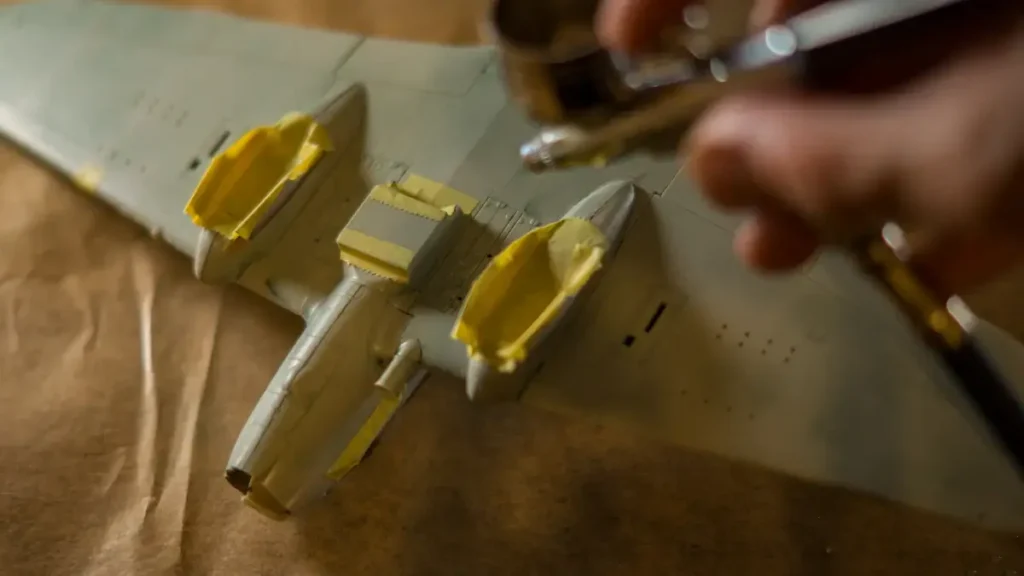
In the competitive world of injection molding, efficiency and precision are non-negotiable. As industries demand increasingly complex components—from medical devices with intricate threads to automotive connectors with multi-axis undercuts—traditional demolding methods often fall short. Kei Maeneene Xld, we specialize in rotary demoulding mechanisms, a cutting-edge solution that combines precision engineering with cost-effective production. This 1,200-word guide dives deep into the design principles, technical innovations, and industry insights that make rotary demoulding a game-changer for manufacturers worldwide.
The Evolution of Rotary Demoulding: Why It’s Revolutionizing Injection Molding
Rotary demoulding has emerged as the gold standard for complex part production, addressing limitations of conventional methods like side actions and hydraulic cores. According to a 2023 report by Plastics Technology, over 40% of mold-related production delays stem from inefficient demolding systems. Here’s why rotary mechanisms dominate:
- Geometric Freedom: Handle helical threads, internal undercuts, and multi-tiered geometries in a single cycle.
- Cycle Time Reduction: Eliminate secondary operations like thread tapping, slashing cycle times by 25-40%.
- Cost Efficiency: Reduce tool maintenance costs by 60% compared to sliding cores (based on XLD client data).
Industries Transformed:
- Medical: Implantable device housings, drug delivery systems.
- Hipanga Kaihoko: Waterproof connectors, threaded battery caps.
- Packaging: Tamper-evident closures, push-pull dispensers.
The Science Behind Rotary Demoulding: Key Design Principles
1. Kinematic Analysis & Motion Planning
Every successful design begins with a rigorous analysis of part geometry:
- Undercut Mapping: Use 3D scanning to identify all interference points.
- Rotation Angle Calculation: θ=360°×PitchLead (for threaded parts).
- Friction Modeling: Predict torque requirements using COMSOL Multiphysics® simulations.
Case Study: A pharmaceutical client needed a child-resistant cap with 3-start threads. Our kinematic analysis reduced rotation stages from 4 ki 2, cutting cycle time by 18%.
2. Drive Systems: Choosing the Right Power Source
Selecting the optimal drive mechanism is critical. Here’s a detailed comparison:
| System Type | Torque Range (Nm) | Precision (±°) | Ideal Application |
|---|---|---|---|
| Rack & Pinion | 50-150 | 0.02 | Compact medical molds |
| Hydraulic Motor | 200-500 | 0.15 | Automotive large components |
| Servo-Driven Gear | 80-200 | 0.01 | High-speed electronics |
XLD Innovation: Our patented HybridDrive™ System merges servo precision with hydraulic torque, achieving 0.005° repeatability at 300 Nm—perfect for aerospace-grade components.
3. Thermal Management: Preventing Warpage & Wear
Rotating cores face extreme thermal gradients. Our 4-point cooling strategy:
- Isolated Channels: Dedicated cooling loops for static and rotating sections.
- Phase-Change Materials: Bismuth-tin alloys absorb heat spikes during ejection.
- Rotary Unions: Swiss-made stainless steel unions handle 15,000 PSI at 300°C.
- Thermal Sensors: Real-time monitoring via embedded IoT thermocouples.
Result: Maintain mold temperature within ±2°C, reducing warpage by 73% in PETG components.
4. Anti-Backlash & Synchronization Engineering
Backlash errors can scrap entire batches. Our triple-safeguard approach:
- Mechanical: Pre-loaded spring tensioners (3× operational torque).
- Digital: Encoder feedback loops update every 0.1ms.
- Material: Self-lubricating tungsten-carbide guide rails.
Synchronization Protocol:
- Ejector plate retracts 2mm → 2. Rotation initiates → 3. Core completes 360° as ejection finishes.
 Advanced Material Science for Rotary Systems
Advanced Material Science for Rotary Systems
Material pairing determines longevity and precision:
| Component | Material Choice | Surface Treatment | Hardness (HRC) |
|---|---|---|---|
| Rotating Core | DIN 1.2344 ESR Steel | Mirror Polishing (Ra0.01) | 50-54 |
| Drive Gears | Case-Hardened SCM440 | TiAlN Coating | 60-62 |
| Guide Bushings | Oil-Impregnated Bronze | Graphite Infusion | 85-90 (Rockwell B) |
XL D Exclusive: Nano-ceramic coatings for FDA-compliant molds, reducing friction by 45% without lubricants.
Prototyping to Production: A 5-Stage Workflow
- Digital Twin Development
- Create a virtual mold with ANSYS® topology optimization.
- Simulate 100,000 cycles to predict wear patterns.
- 3D-Printed Functional Prototypes
- MJF nylon gears validate kinematic chains.
- SLA clear resins check resin flow paths.
- Precision Machining
- 5-axis milling achieves ±0.002mm core concentricity.
- Wire EDM for gear teeth <0.005mm profile deviation.
- Rigorous Testing
- 72-hour endurance run at 120% rated load.
- Moldflow® warpage analysis vs. physical scans.
- IoT-Enabled Production Monitoring
- Track torque, pāmahana, and cycle counts via XLD Cloud.
- Predictive maintenance alerts for gear wear.
Avoiding 7 Deadly Design Mistakes
- Insufficient Torque Margin
- Risk: Motor stalling during high-viscosity fills.
- Fix: Design for 150% of calculated torque.
- Poor Cooling Layout
- Risk: Differential expansion causes binding.
- Fix: Separate cooling circuits with rotary unions.
- Ignoring Material Creep
- Risk: POM gears deform over 10,000 cycles.
- Fix: Use creep-resistant PEEK composites.
- Overlooking Lubrication
- Risk: Galling in <500 cycles.
- Fix: Laser-etched microgrooves + Drylox® coating.
- Inadequate Safety Locks
- Risk: Premature rotation damages cavities.
- Fix: Pneumatic position interlocks.
- Poor Accessibility
- Risk: 30% longer maintenance downtime.
- Fix: Modular design with quick-disconnect gears.
- Ignoring Industry Standards
- Risk: Failed validation for medical/aerospace.
- Fix: Comply with ISO 13485 and AS9100 protocols.
ROI Analysis: Why Smart Factories Choose Rotary Demoulding
| Metric | Traditional Molding | XLD Rotary System | Improvement |
|---|---|---|---|
| Cycle Time | 45 sec | 28 sec | -37.8% |
| Per-Part Cost | $0.22 | $0.13 | -40.9% |
| Tool Life | 500k cycles | 1.2M cycles | +140% |
| Changeover Time | 8 hours | 35 minutes | -92.7% |
Real-World Impact: A German auto supplier saved €326,000 annually by switching to our rotary system for EV battery connectors.
Future Trends: Where Rotary Demoulding is Headed
- AI-Driven Predictive Systems
- Machine learning algorithms predict bearing failures 800 cycles in advance.
- Additive Manufacturing Integration
- 3D-printed conformal cooling channels inside rotating cores.
- Green Manufacturing
- Bio-based lubricants and recyclable coating systems.
- Micro-Molding Adaptations
- Sub-1mm diameter rotating cores for medical micro-devices.
Why XLD Mould Leads the Industry
- 12 Years Expertise: 850+ rotary mechanisms deployed globally.
- Speed: 15-day rapid tooling for prototype molds.
- Precision: Guaranteed ±0.005mm concentricity.
- Tautoko: 24/7 engineering assistance via XLD SmartGlass AR.

